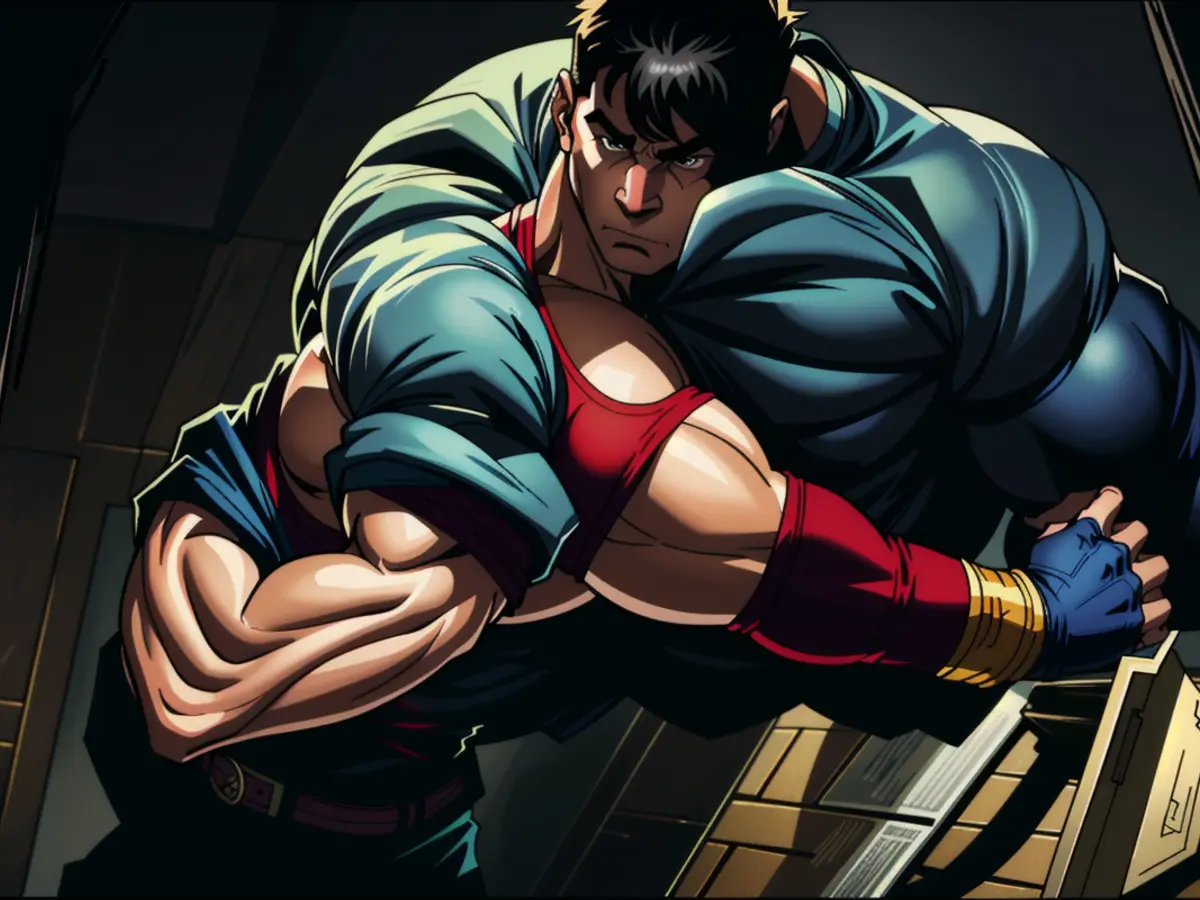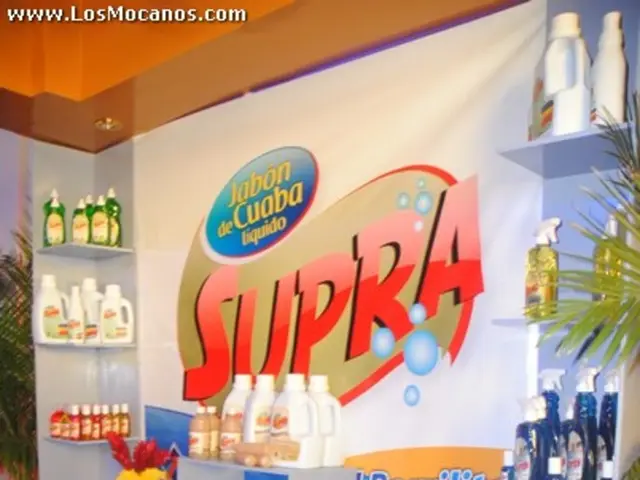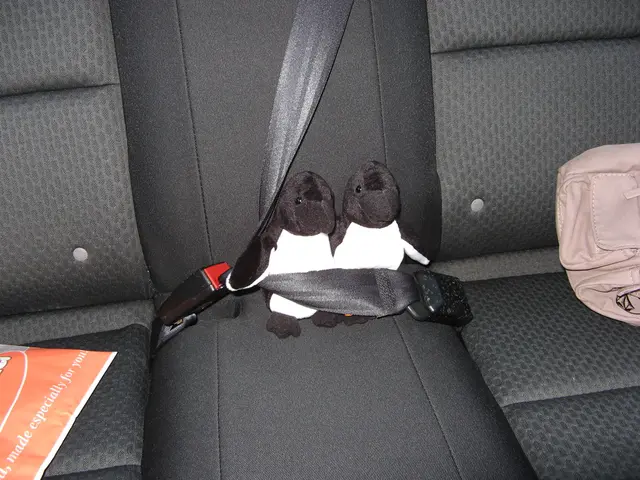"Saga of Foul Fish to Sir Anthony Hopkins: The Torturous Car Journey Crafted by 'Locked' Since 'Christine' Fiasco"
In a twisted turn of events, cars are nothing more than expensive, lethalprison cells on wheels, according to director David Yarovesky (of Brightburn and Nightbooks fame). Clearly, he's not a fan of the four-wheeled beasts, as his latest offering, Locked, a chilling psychological thriller, takes this perspective literally. Starring Bill Skarsgård and Oscar-winning powerhouse Anthony Hopkins, this film is an English-language remake of the Argentine release 4x4.
The plot revolves around a broke, deadbeat dad named Eddie, who makes the grave mistake of breaking into a luxury SUV. The car, however, is not your ordinary ride-it's a trap set by none other than William, a rich, vengeful lunatic with a penchant for playing mind games and wasting time. Once Eddie steps inside the sinister vehicle called "Dolus" (the Latin word for a devious trick), he's locked in-without food, water, or any means of communication with the outside world. For days on end, he become's William's pathetic plaything, subjected to electric shocks, a temperamental AC system, an ear-piercing stereo, and remote control steering. It's not about cat-and-mouse-it's about the twisted glee of a tormentor and the suffering of the hapless victim.
Speaking about the story, Yarovesky admitted he was drawn to the script's eerie allure. "I wanted to explore it and delve deeper into its intricacies," he said. Inspired by the unique confined setting, he intended to shoot the interior of the car in ways no one had ever imagined. In stark contrast to other directors who might have stuck to shooting the film on a soundstage surrounded by green screens, Yarovesky and his team built the car in a break-apart manner, allowing for fascinating camera angles and movements that were nearly impossible in other films of this genre.
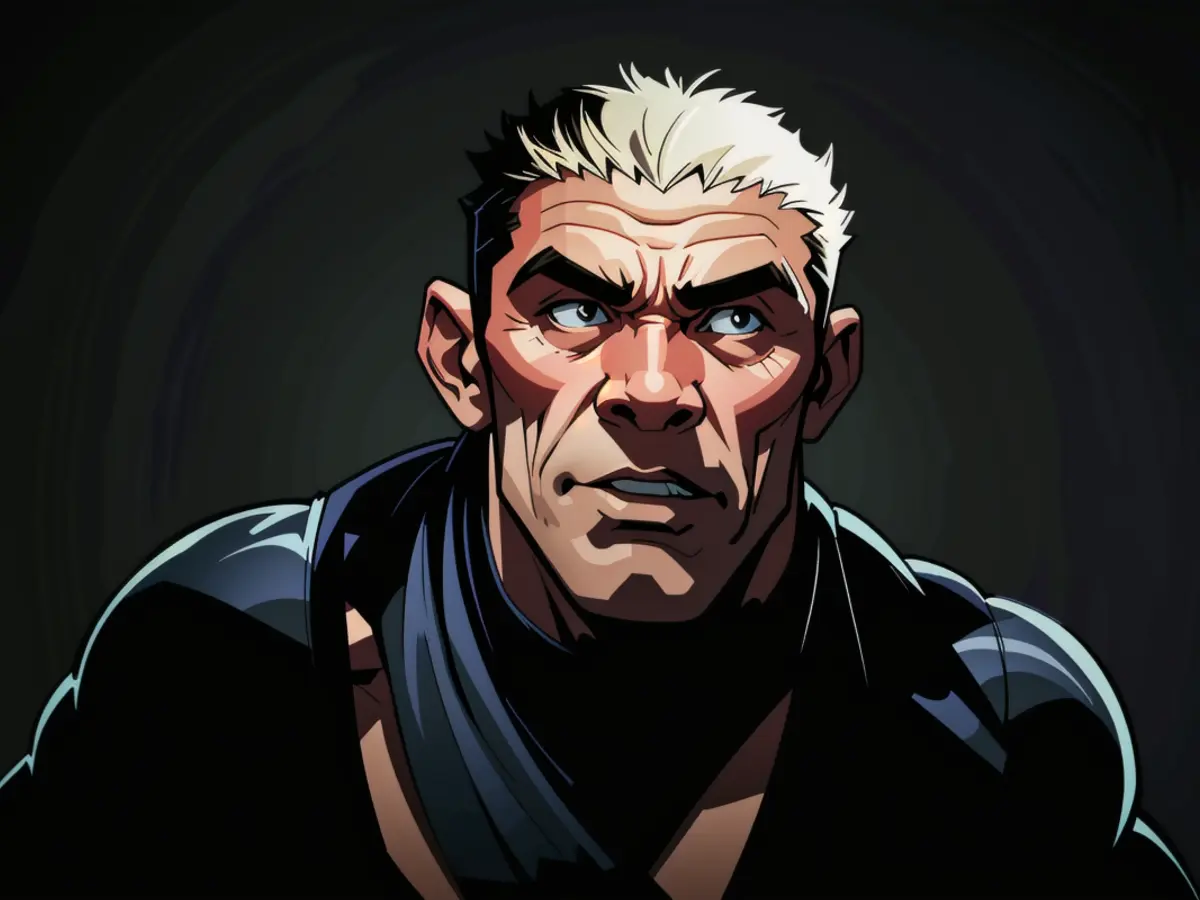
In addition to innovative filming techniques, Yarovesky also worked closely with cinematographer Michael Dallatorre to create a special anamorphic lens that would manage to maintain a classic cinematic look in the confined space, which is usually quite challenging. Yarovesky aimed to avoid conventional tropes of trapped-in-a-car movies and instead create a cinematic experience that felt both tense and cinematic.
When it came to the design of the evil Dolus car, Yarovesky opted for authenticity over heightened aesthetics common in many similar films. He wanted to create a vehicle that wouldn't rely on extravagant gadgets for solving problems. Instead, he drew inspiration from real-life burglary experiences and crafted a car that would reflect the grim reality of such crimes.
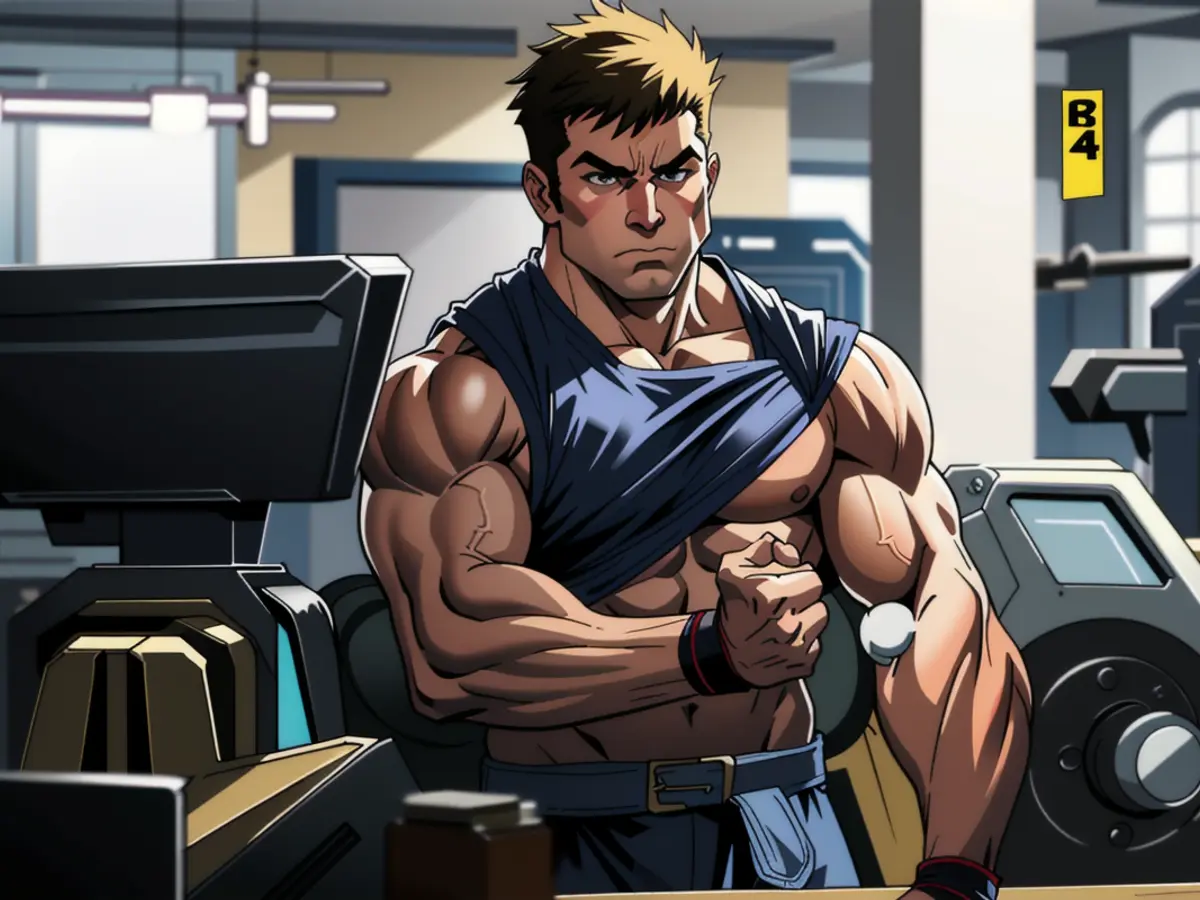
Many details were put into crafting the Dolus, including Easter eggs on the car's exterior that hinted at William's dark sense of humor. The name "Dolus" boldly spoke of the car's nefarious intentions, while the logo and license plate subtly referred to Lady Justice and the US law for capital punishment, respectively.
The filming process itself was not without its challenges. The production team shot on location in Vancouver whenever possible, aiming to capture the stark contrast between wealth and poverty, with Hastings Street serving as a symbol of this divide. Rain-drenched streets became a staple of the film, adding an aura of any contemporary American city. However, the crew often had to contend with encounters with drug users and the risks associated with working in such areas.
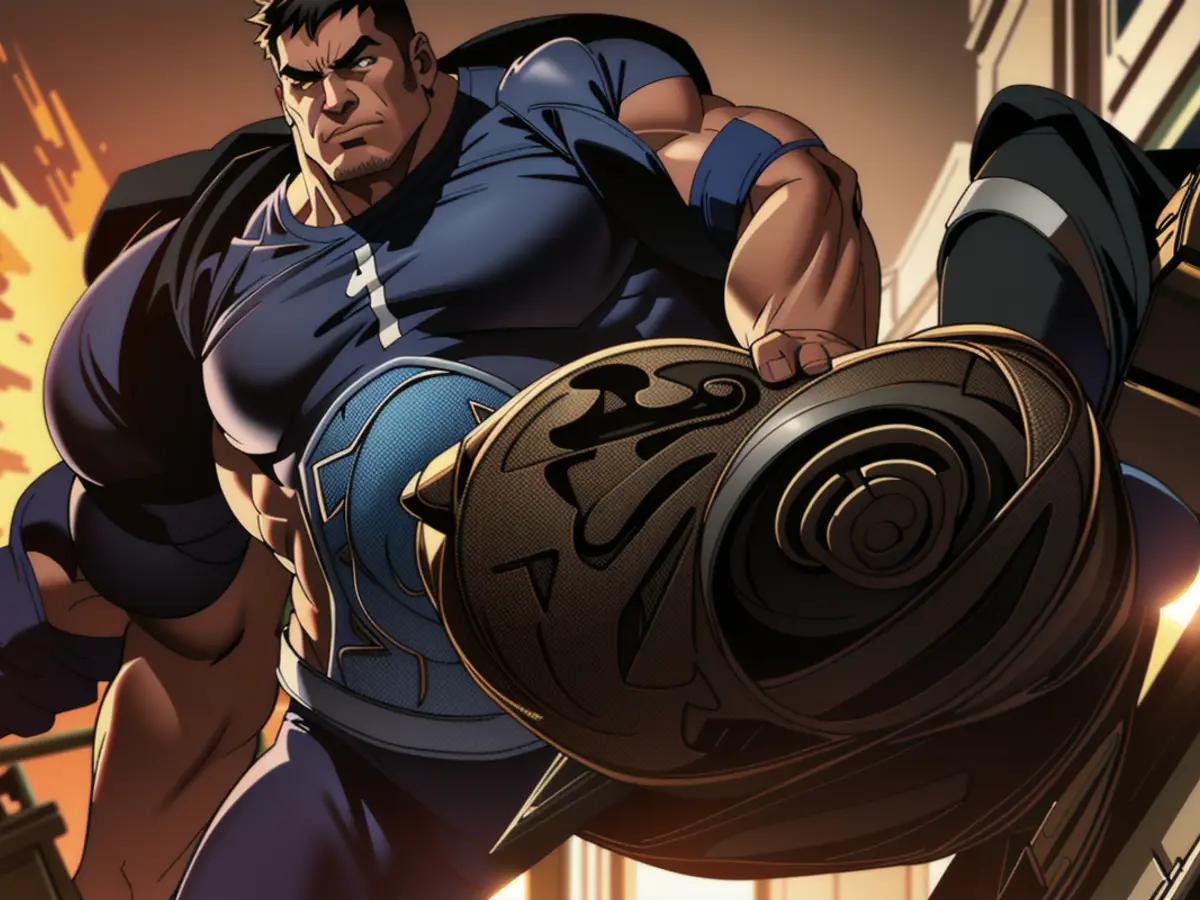
Skarsgård's performance as the desperate Eddie brings a raw, believable sense of desperation and struggle to the character. In one standout scene, Eddie attempts to prevent severe dehydration by consuming his own urine but can't bring himself to do it. Yarovesky ensured that Skarsgård's repulsion was genuine to make the scene more impactful. For this, they used a Surströmming juice, which is a viral Swedish delicacy made from fermented herring, to create the odorous prop water bottle.
On the other hand, Hopkins brings his iconic gravitas as William, the malevolent and psychopathic owner of the car. He immersed himself in the role so completely that he began interacting with Yarovesky as if he were Eddie during their initial meeting.
In conclusion, Yarovesky and his team have created a one-of-a-kind cinematic experience from a simple premise, pushing the boundaries of camera techniques, vehicle design, and acting to deliver a tale of control, punishment, and the dire consequences of a life of crime. If you're up for a tense, suspenseful ride, grab your popcorn and catch Locked in theaters!
David Yarovesky, director of the upcoming thriller Locked, used innovative filming techniques and an authentic car design to create a unique cinematic experience. He worked with cinematographer Michael Dallatorre to develop a specialized anamorphic lens that would maintain a classic cinematic look in the confined space of the car. Yarovesky aimed to avoid typical tropes of trapped-in-a-car movies and instead wanted to create a film that felt both tense and cinematic. The film's premise, a man trapped in a car by a vengeful antagonist, is an ironic commentary on the stresses of creditline, alluding to the way our material possessions can become burdensome. This film, with its star-studded cast including Bill Skarsgard and Anthony Hopkins, is set for a release with a d28865cf261a3b9073503390848da15b creditline.
